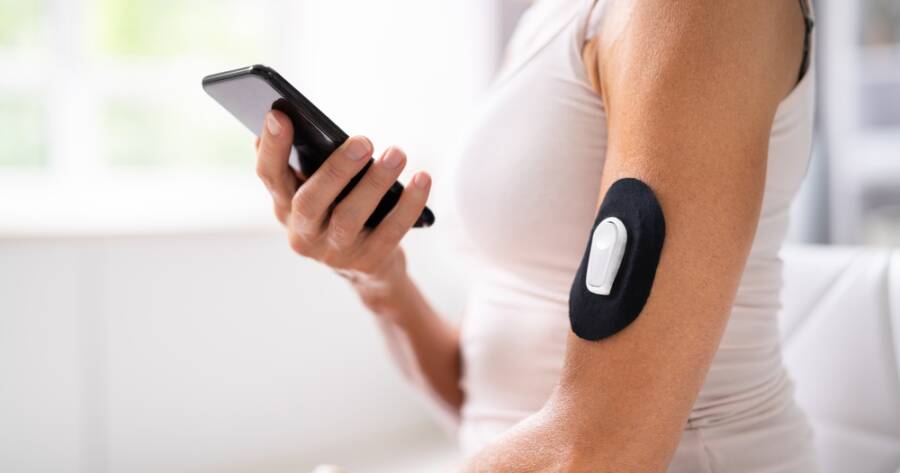For decades, managing diabetes has required regular finger-prick blood tests to monitor glucose levels. However, advancements in technology have led to the development of prick-free glucose measurement devices, offering a less invasive and more convenient way for individuals to manage their blood sugar. These innovations are transforming diabetes care, making monitoring easier, more accurate, and more comfortable.
How Prick-Free Glucose Monitoring Works
Traditional blood glucose monitoring involves drawing a small drop of blood from the fingertip to measure sugar levels. While effective, this method can be painful, inconvenient, and difficult to maintain regularly. Prick-free glucose monitoring eliminates the need for frequent fingersticks by using advanced sensor technology to measure glucose levels through interstitial fluid, light waves, or other non-invasive techniques.
Types of Prick-Free Glucose Measurement Devices
Several devices have already revolutionized the way glucose levels are tracked. The two primary types of prick-free glucose monitors are Continuous Glucose Monitors (CGMs) and emerging non-invasive technologies.
1. Continuous Glucose Monitors (CGMs)
CGMs are wearable devices that provide real-time glucose level readings throughout the day. A small sensor is inserted just under the skin, typically on the abdomen or arm, where it measures glucose in the interstitial fluid. This data is then transmitted to a receiver or smartphone app for continuous tracking.
Popular CGMs on the Market
- Dexcom G6 & G7 – Provides real-time monitoring with sensors that last 10-14 days.
- FreeStyle Libre 3 – A sensor-based system that allows users to scan their device with a smartphone or reader for glucose readings.
- Eversense CGM – A long-term CGM with an implantable sensor that lasts up to 180 days, reducing the need for frequent sensor replacements.
These CGMs provide instant access to glucose levels, helping individuals manage their diabetes with greater accuracy and convenience.
2. Emerging Non-Invasive Technologies
Scientists and medical researchers are actively developing new non-invasive glucose monitoring methods that completely eliminate the need for skin penetration. These devices use optical sensors, radio frequency waves, and wearable technology to measure glucose levels painlessly.
Upcoming Technologies in Prick-Free Glucose Monitoring
- Optical Sensors – Uses light waves to detect glucose levels by analyzing chemical changes in the skin.
- Radio Frequency (RF) Sensors – Devices like glucoWISE use RF technology to measure blood sugar without breaking the skin.
- Wearable Smart Devices – Innovations such as the iGLU 2.0 use infrared spectroscopy and AI algorithms to estimate glucose levels without drawing blood.
These emerging technologies promise greater accuracy, ease of use, and long-term convenience, making diabetes management simpler than ever before.
Advantages of Prick-Free Glucose Monitoring
- No More Painful Fingersticks – Reduces discomfort and increases patient compliance.
- Real-Time Tracking – Continuous monitoring helps detect patterns and prevent dangerous blood sugar fluctuations.
- Convenience – Allows users to monitor glucose levels discreetly at any time.
- Improved Accuracy – Advanced sensors provide more frequent readings, reducing the risk of undetected glucose spikes.
The Future of Glucose Monitoring
While CGMs are already widely available, the future of diabetes care lies in the development of fully non-invasive monitoring solutions. As technology advances, prick-free glucose measurement may become the new standard, improving comfort and accuracy for millions of people.
For now, consulting with healthcare professionals is essential to determine the best monitoring solution based on individual needs. With ongoing innovation, managing diabetes is becoming easier, less invasive, and more effective than ever before.
